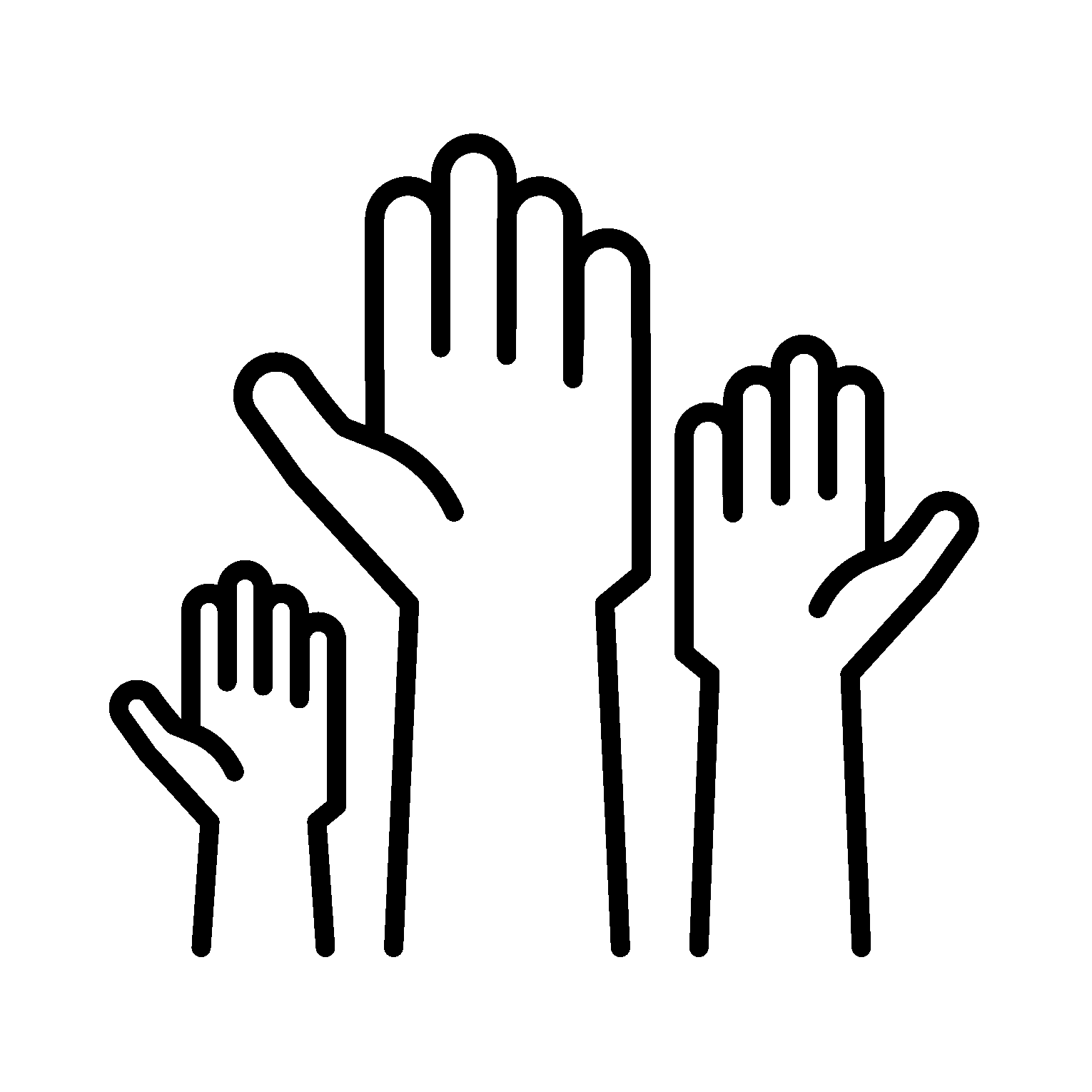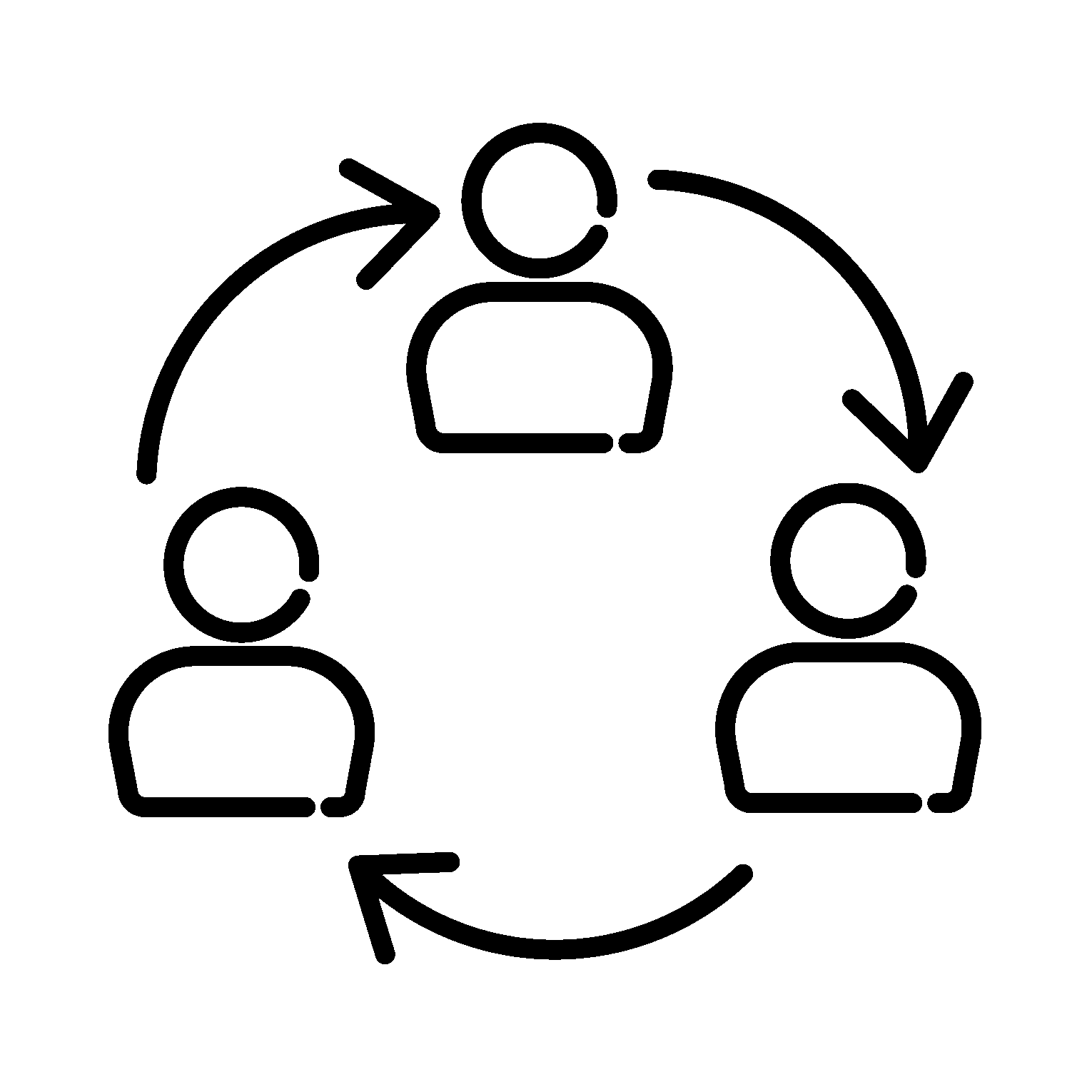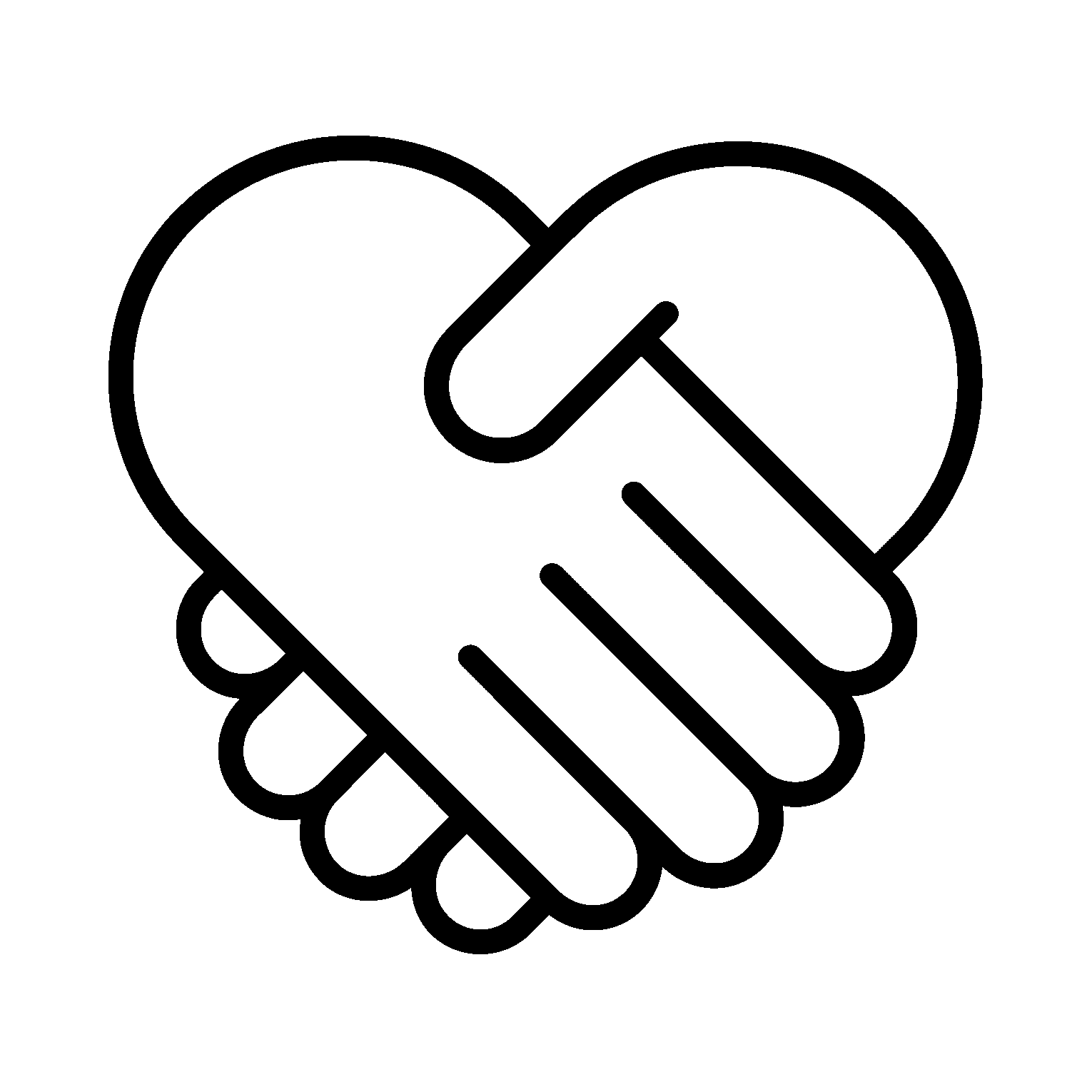The Latino HIV Crisis Is Now a
Cascading Disaster
Health and social welfare inequities have placed Latino communities on a devastating HIV trajectory—one that is impossible to reverse without urgent collective action from all sectors of society.
What is a cascading Disaster?
A Cascading Disaster is a series of negative events resulting in a chain-like reaction that triggers and amplifies negative outcomes, creating a cycle of harm that grows more severe and harder to reverse over time.
This is now the reality of HIV among Latinos: years of unaddressed inequities—inadequate testing and delayed diagnoses, limited access to prevention and treatment, and social barriers such as stigma and discrimination—have compounded over time, driving worsening outcomes and mounting costs that are increasingly difficult to reverse.
The United States has made remarkable overall progress toward ending the HIV epidemic.
Yet, during this period of national progress, Latinos have faced worsening outcomes.
Now, funding cuts and policy shifts are eroding essential prevention and care services and threaten to further devastate Latino communities and unravel the country’s hard-won gains.
In stark contrast to the nation’s overall decline in HIV incidence, new cases of HIV among Latinos in the US have been rising.
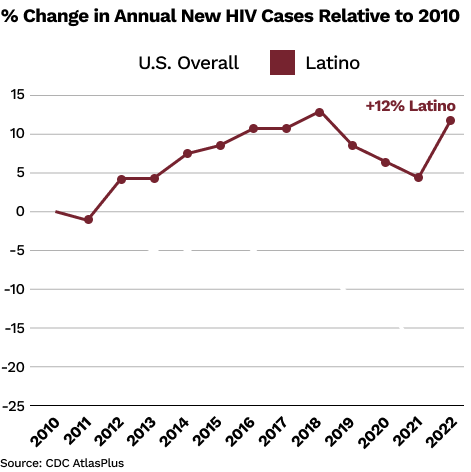
By 2022, 1 in 3 new HIV infections occurred among Latinos, and the problem is getting worse.
Between 2022-2023, Latinos had a larger increase in new HIV diagnoses than any other racial or ethnic group.
Latino MSM have particularly pronounced inequities.
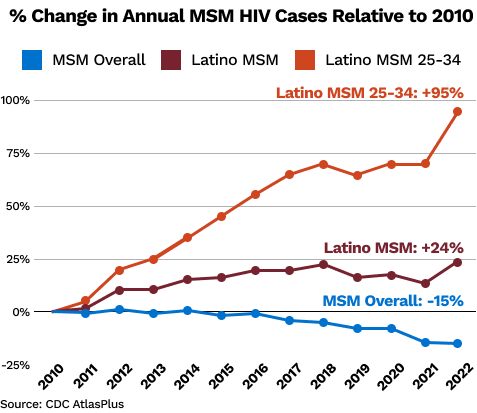
Latinos experience inequities in testing, prevention and treatment.
TESTING
Latinos are more likely to be unaware of their HIV status compared to the overall population. In 2022, about 1 in 6 Latinos living with HIV did not know their status.
PREVENTION
Since PrEP became available in 2012, Latinos with indications for its use have had dramatically less access and uptake compared to the overall U.S. population—underscoring a profound inequity in HIV prevention.
TREATMENT
Latinos face similar inequities in obtaining HIV care and achieving viral suppression. In 2023, >25% of Latinos with diagnosed HIV did not receive any care, and >33% did not have a suppressed viral load in their last test.
The forces Driving the Cascading Crisis
Latino communities face a perfect storm of barriers: prolonged invisibility and inaction in public health efforts, worsening HIV incidence, persistent HIV prevention and treatment inequities, deepening social conditions and stigma, and cuts to Latino-specific programs and research. Together, these forces have driven the worsening Latino HIV crisis into a Cascading Disaster.

Ongoing Invisibility and Inaction
Invisibility and inaction have fueled the Latino HIV crisis for too long. All sectors of society must speak up louder and push for investments in evidence-based solutions to elevate the problem and spur action to solve it. Protecting and strengthening HIV surveillance data is an essential tool for tracking inequities, holding policymakers accountable, and driving the change Latino communities urgently need.

Gaps in Prevention & Treatment
This crisis is fueled by widening incidence inequities, persistent prevention and treatment gaps, worsening barriers to service access, and cuts to Latino-specific HIV research and programming.

Social Conditions & Stigmas
Anti-immigrant policies, cultural stigma around HIV, and discrimination create a climate of fear that discourages many Latinos in the US—regardless of immigration status—from seeking prevention or care. Lack of insurance, language barriers and mistrust of health and social welfare institutions add to these challenges, denying communities essential care opportunities and fueling the crisis.
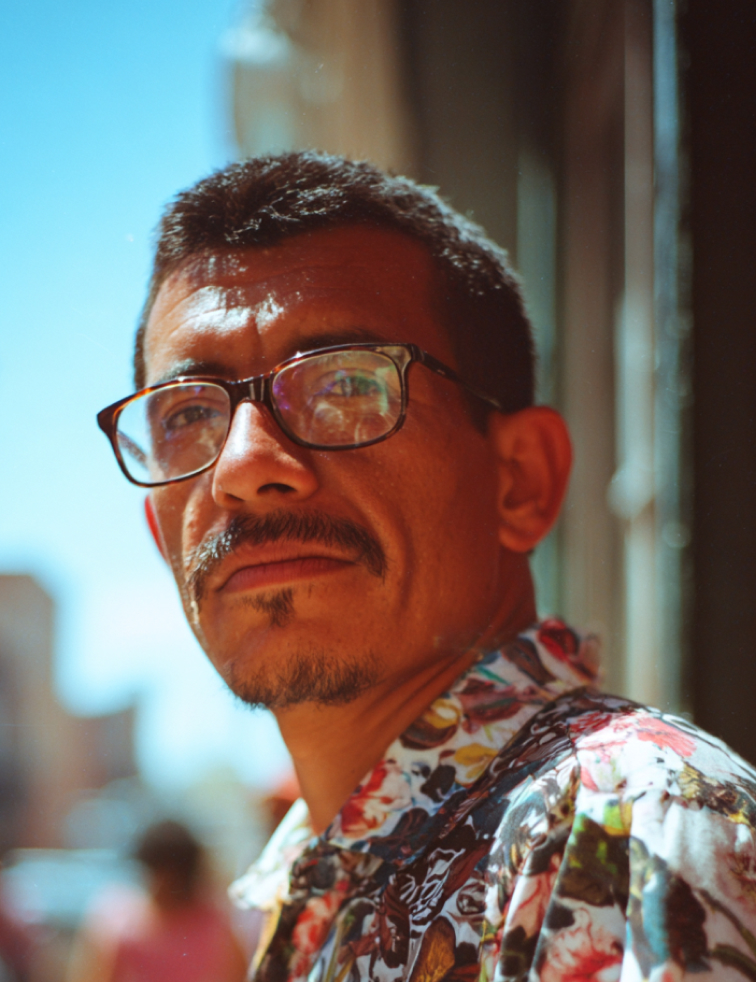
Lack of Societal & Political Will
The Latino HIV crisis has remained unaddressed, fueled by harmful anti-immigrant narratives. In truth, Latinos are the nation’s largest community after Whites, driving U.S. growth, powering the economy, and strengthening our health system. For example, undocumented immigrants pay far more into the health care system than they receive—subsidizing care for everyone.
Help Fix the FAILURE
This problem is not inevitable—it is the result of neglect, stigma, and inequities that can and must be addressed. If we act now, together, we can build the will to solve the problem, expand prevention and care, and finally put an end to this Cascading Disaster.
For over a decade we’ve sounded the alarm on the Latino HIV Crisis, yet invisibility and inaction persist. Urgent, cross-sector action is needed to harness Latino resilience and change course.Vincent Guilamo-Ramos, PhD, MPH, NP
Director, Center for Latino Adolescent and Family Health Leona B. Carpenter Chair in Health Equity and SDOH
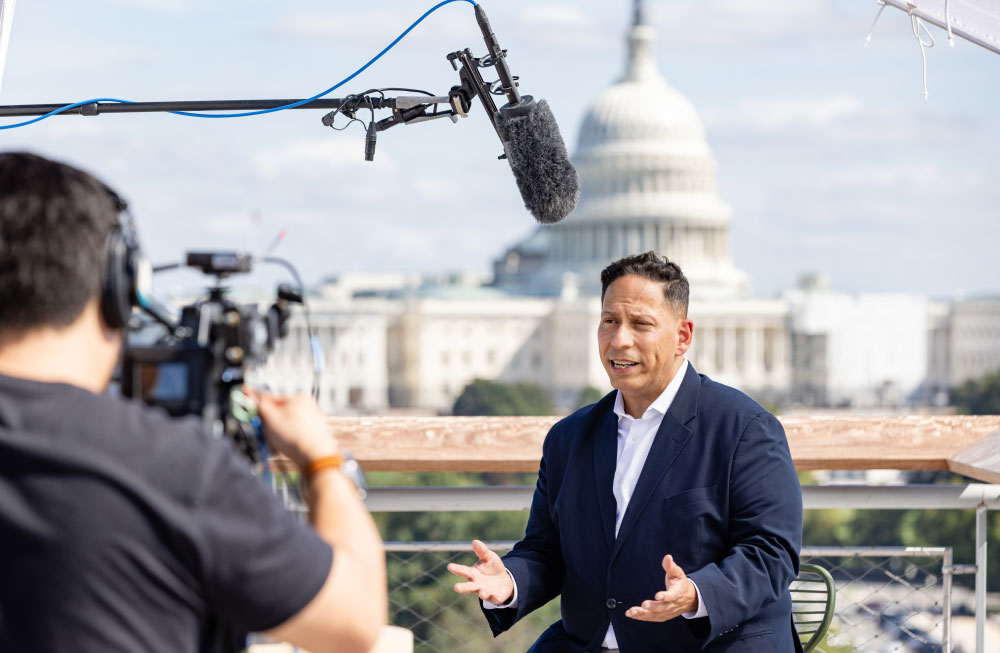
Take Action
By prioritizing Latino visibility, strengthening prevention and treatment access, supporting community-led programs, and demanding political will, we can reverse these harms and move closer to ending HIV for everyone.
This page contains AI photographs generated by Midjourney.


